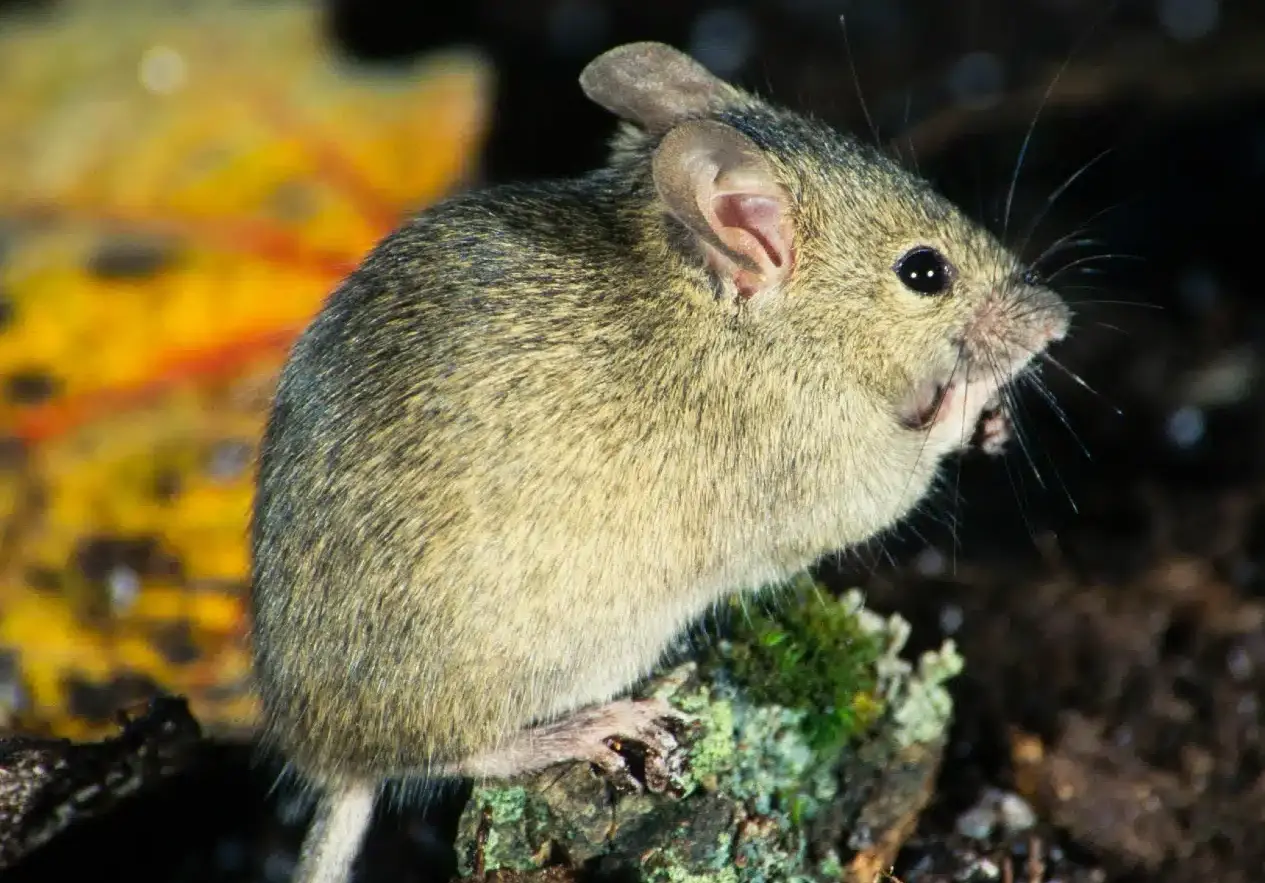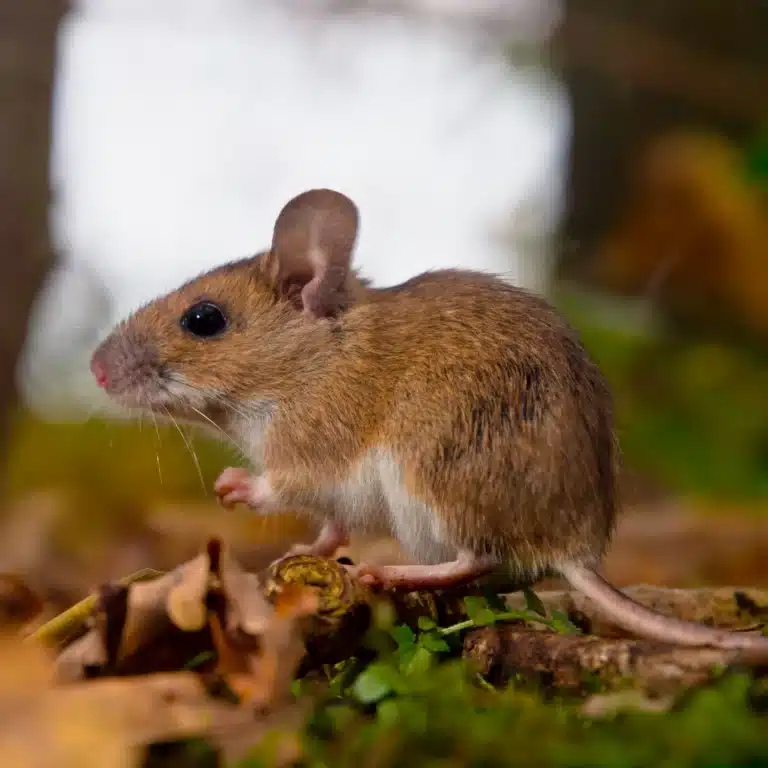Facts about Mice
Scientific name: Myomorpha
- Harvest Mouse: Micromys minutus
- Wood (or Field) Mouse: Apodemus sylvaticus
- Yellow-necked Mouse: Apodemus flavicollis
- House Mouse: Mus mus
At a glance
- At times abundant and found in a range of habitats across the globe, Mice are one of the world’s most successful mammals.
- Harvest mice have a prehensile tail they use for climbing.
- Critically important members of global ecosystems, and important prey items for many predators.

One of the most successful mammalian genera living on Earth today, the name ‘mouse’ has been applied to a huge number of small rodents in different families.
Nearly all of them have soft grey or brown fur, long hairless tails and large ears and most (but not all) are members of the rodent subclass ‘Myomorpha’, or ‘mouse like rodents’, a scientific classification that groups animals that have a pair of continuously growing incisors. In the wild, mice are primarily nocturnal and compensate for their poor eyesight with a keen sense of hearing. They depend on a well-developed sense of smell to locate food and avoid predators.
Our four species of mouse come from three different families and are all native to the UK,: the Harvest Mouse, Wood (or Field) Mouse, Yellow-necked Mouse, and House Mouse.
Harvest Mouse
Tiny rodents found in the UK from central Yorkshire southwards in areas of tall grass (hence its common name), Harvest Mice are extremely active climbers aided by a unique feature that no other mouse in Britain possesses – a semi-prehensile (grasping) tail. They feed mostly around dusk and dawn in the stalk zone of long grasses and reeds, and are the only British mammal to build nests of living woven grass in dense vegetation such as grasses, cereals, and grassy hedgerows. Changes in habitat management and agricultural methods are thought to have led to population declines and the species is listed as a BAP (Biodiversity Action Plan) Species.

Wood Mouse
Sandy brown with a white/grey underside, large ears, and a long tail (giving rise to another of its common names, the Long-tailed Field Mouse) and found throughout the British Isles, the Wood Mouse is our most common and widespread wild rodent. Found mainly in woodlands and fields they are highly adaptable and will often come into homes when it turns cold. Wood Mice can be beneficial to man by preying on harmful insects, and because food is cached in underground burrows many trees and shrubs are thought to have germinated from forgotten Wood Mouse food stores.
Yellow-necked Mouse
It wasn’t until 1834 that the Yellow-necked Mouse and Wood Mouse was recognised as different species. They are very similar, but the yellow necked has a distinctive yellow collar, yellow on its back, and is a lighter shade Though found in a range of commonly available habitats like gardens and woodlands, the Yellow-necked Mouse is restricted mainly to southern central Britain and its limited distribution remains to be fully explained. Records from Neolithic and Roman sites apparently suggest that the species was once more widespread, but while it’s not threatened in any way, its current status is also unclear despite being common in some areas.
House Mouse
One of the most abundant species of the genus Mus, the ubiquitous House Mouse has benefited so significantly from associating with us that truly wild populations are significantly less common than populations found near humans. Native to India, House Mice had spread to the eastern Mediterranean by about 13,000 BC and into the rest of Europe by around 1000 BC. They first arrived in the Americas in the early sixteenth century, carried aboard ships of Spanish explorers. They have since been spread to all parts of the globe. In southeastern Australia, the introduced subspecies Mus musculus domesticus breeds so successfully that every three years or so they reach plague proportions, achieving densities of 1000 per hectare.
